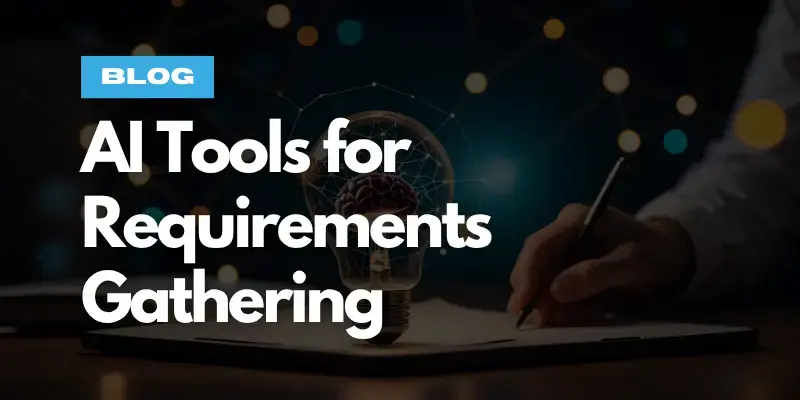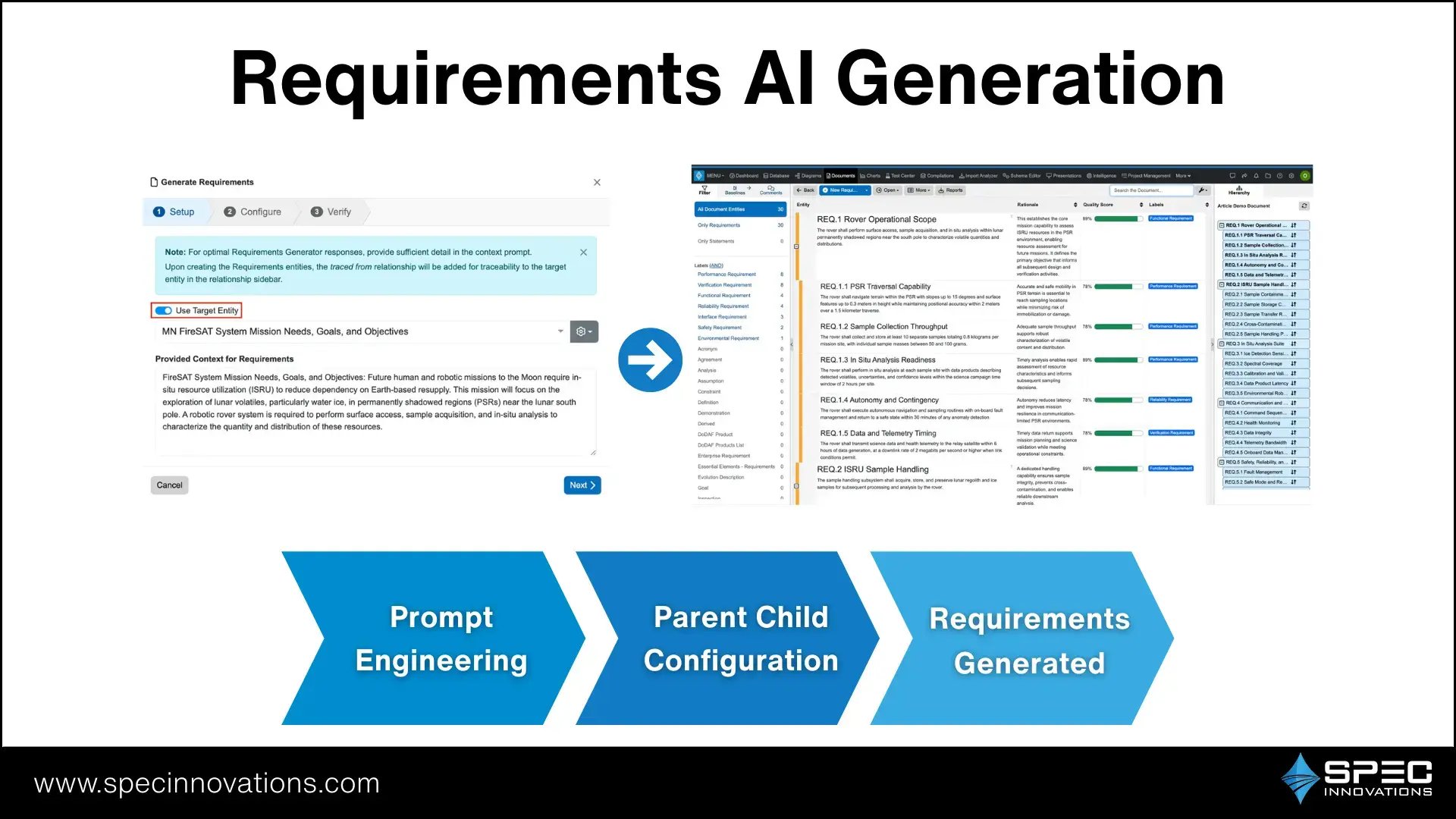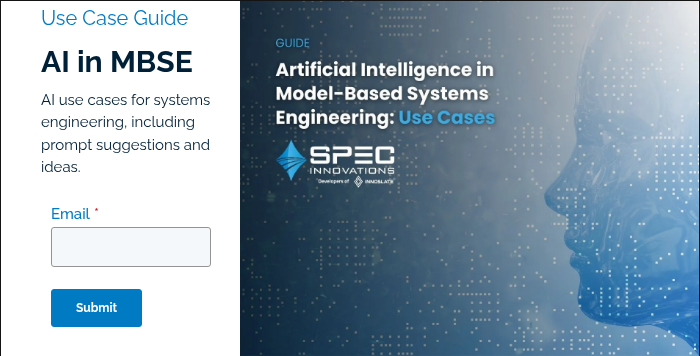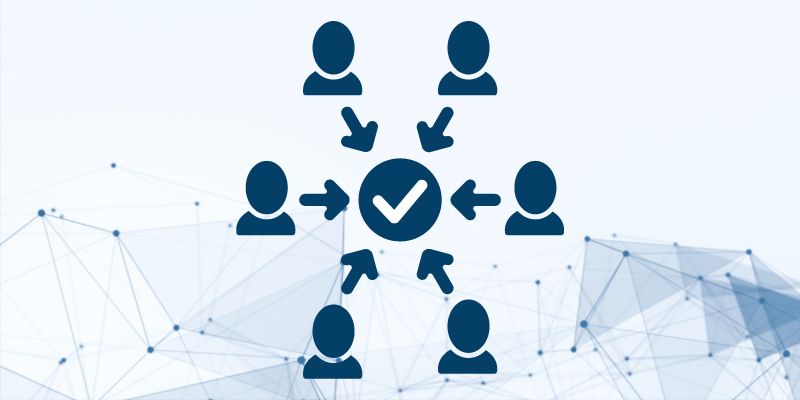9 Methods for Requirements Gathering
Establishing effective requirements is the foundation of successful project management and product development. Requirements Management provides a...

Smart systems engineering is no longer just about building a model. In modern digital engineering environments, teams are expected to deliver solutions faster, with clearer traceability, fewer errors, and better lifecycle visibility. The pressure is especially high during the requirements gathering and requirements management phases, where even small mistakes can cascade into mission failure later.
That’s where Requirements AI comes into play. Built to support model-based systems engineering (MBSE) workflows, this tool lets you generate, organize, and refine requirements in minutes, with built-in traceability and alignment with accepted standards.
Whether you're drafting requirements for a defense system, medical device, or satellite payload, manually building and refining requirement sets is slow and error-prone. Common issues include:
Duplicate or conflicting statements
Ambiguous or unverifiable phrasing
Lack of linkage to models or system entities
Fragmented collaboration between stakeholders
For organizations practicing requirements management or moving toward MBSE, eliminating these issues is critical, and so is the ability to scale requirement development without sacrificing quality.
Requirements AI enhances the requirements-gathering process through AI-assisted prompts and context-based generation. Here’s what it enables:
Generate requirement sets directly in your requirements or MBSE environment
Expand existing requirements into siblings or children
Automatically add traceability when using an existing model element as context
Align outputs to the INCOSE Guide to Writing Requirements standard
Whether you're live in a customer session or deep into a mission-critical spec, Requirements AI dramatically reduces drafting time while enforcing structure, clarity, and consistency.

The tool offers three workflows, depending on where you’re starting:
Input a description, set the number of parent and child requirements, preview the AI-generated results, and finalize them in your document. Ideal when you're starting fresh during requirements analysis or have a high-level concept that needs to be formalized.
Add more coverage at the same tier (e.g., more functional or performance requirements) by selecting an existing requirement and generating additional items as needed.
Break requirements down into hierarchical levels for more detail and better verification planning.
At every step, you can review and edit the proposed statements before approval — perfect for keeping control over quality while benefiting from speed.
AI-assisted requirements management is quickly becoming a differentiator in systems engineering programs. When combined with MBSE tools, it amplifies the power of models by:
Speeding up requirement drafting at scale
Structuring data for downstream activities (modeling, simulation, V&V)
Reducing ambiguity before system architecture is locked in
Providing a single-source traceable structure across lifecycle phases
Whether you're using SysML diagrams, architecture models, or system simulations, strong, traceable, and auditable requirements make downstream MBSE work smoother and more future-proof.
AI doesn't remove human intelligence; it supports it. To get the most out of AI-generated requirements:
Use strong, well-scoped context prompts
Always review generated statements before publishing
Maintain consistency in requirement labels and hierarchy
Integrate with your V&V plan early to ensure testability
Remember the adage, "Garbage In, Garbage Out." You must provide high-quality prompts to the Requirements Generator. AI helps accelerate, but you need to stay in control as the engineering authority.
Tools like Requirements AI are transforming how organizations handle requirements management in the age of MBSE and digital engineering. Instead of spending days refining requirement prose, teams can focus more time on architecture, modeling, simulation, and validation — the work that drives real outcomes.
If you're a systems engineer, project manager, or consultant helping clients get started with MBSE, introducing AI into the requirements phase is a powerful opportunity: it reduces rework, improves traceability, and aligns teams faster.

Have questions about model-based systems engineering or requirements management? Talk to an expert and see how Innoslate can streamline your projects from start to finish.

Establishing effective requirements is the foundation of successful project management and product development. Requirements Management provides a...

Would you rather watch instead? Visit the webinar recording!

Tracking and meeting requirements is necessary for any successful project in systems engineering and requirements management. This is where a...